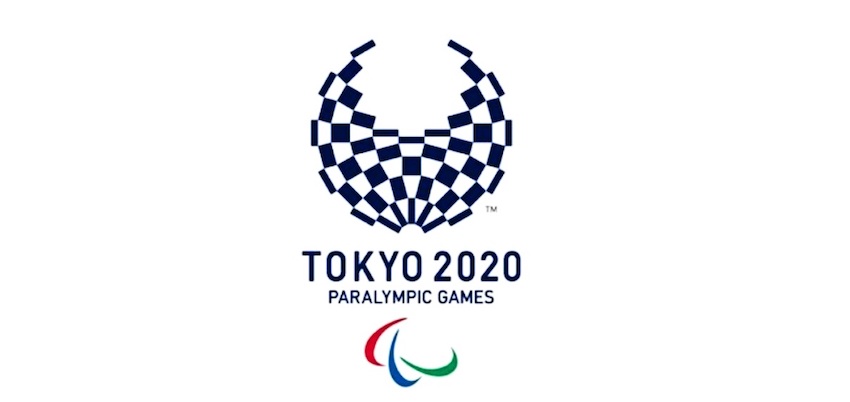Tokyo is about to host the largest and most diverse archery competition in the sport’s long Paralympic history.
Despite the pandemic, cancelled or delayed qualifying events, and myriad travel restrictions, 140 para athletes from 42 countries will compete for nine Paralympic gold medals in the archery arena at Yumenoshima Archery Park, same venue that was just used for the Olympics, from 27 August to 4 September.
Zahra Nemati, Matt Stutzman, Jess Stretton and David Drahoninsky are among the sport’s biggest stars – and personalities – that will be taking part.
Great Britain topped archery’s medal table at the last Paralympics in Rio, winning three golds and climbing the podium six times in total. But as the number of archers at the Games increases and as the number of countries with a world-class para programme grows – so does the competition standard on this elite stage.
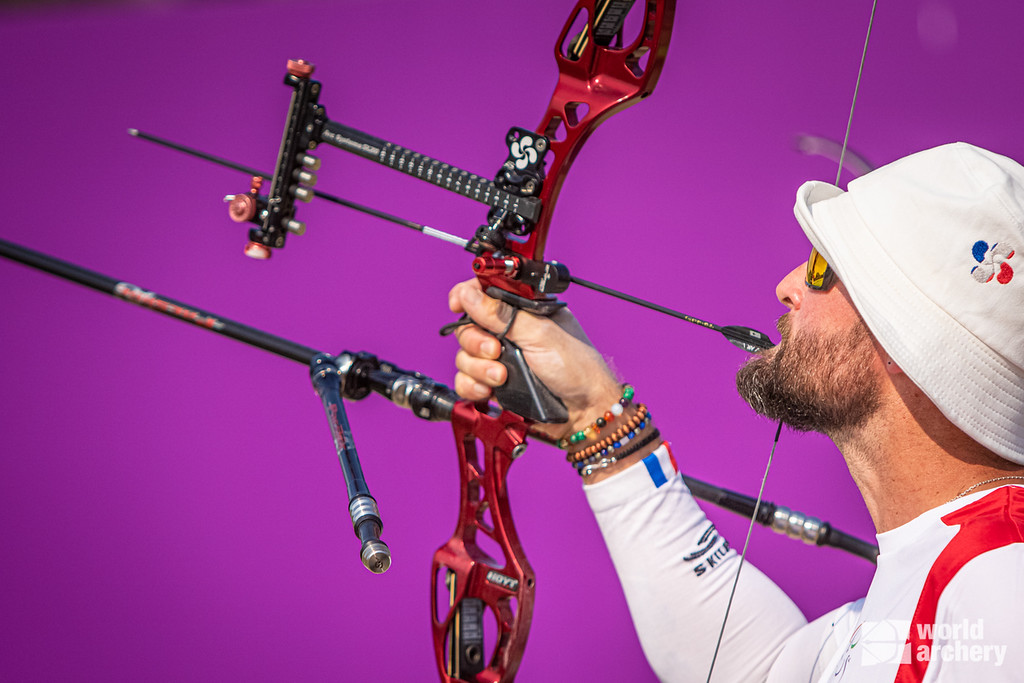
Schedule
- Friday 27 August – qualifying
- Saturday 28 August – W1 mixed team finals
- Sunday 29 August – Compound open mixed team finals
- Monday 30 August – Compound women open finals (morning), W1 men finals (afternoon)
- Tuesday 31 August – Compound men open finals (morning), W1 women finals (afternoon)
- Thursday 2 September – Recurve women open finals
- Friday 3 September – Recurve men open finals
- Saturday 4 September – Recurve open mixed team finals
Days in bold will be available live to international broadcasters.
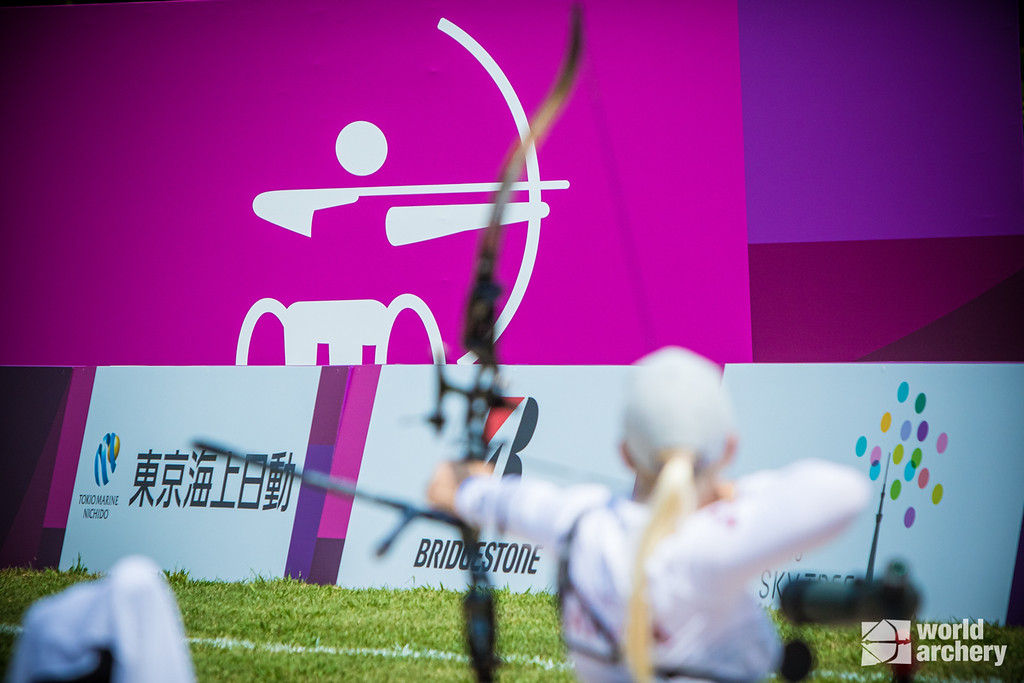
Classification and competition categories
Para archers are classified into one of two categories depending on their level of impairment: open or W1.
Athletes in the open category usually have an impairment in either the top or bottom half or one side of their bodies. Athletes in the W1 category usually have an impairment in the top and bottom halves of their bodies, torso and at least three limbs.
Classification assessments at the international level are carried out by trained classifiers – and also define which, if any, assistive devices a para archer can use. Assistive devices include custom release aids, stools or chairs, or other fixed additions that help create a level playing field.
Para archers with an open classification can compete with a recurve bow in the recurve open category and with a compound bow in the compound open category. Para archers with a W1 classification can compete in the W1 category with either a recurve or a compound bow with limitations on draw weight, a restriction on magnified sights and other changes to the standard rules.
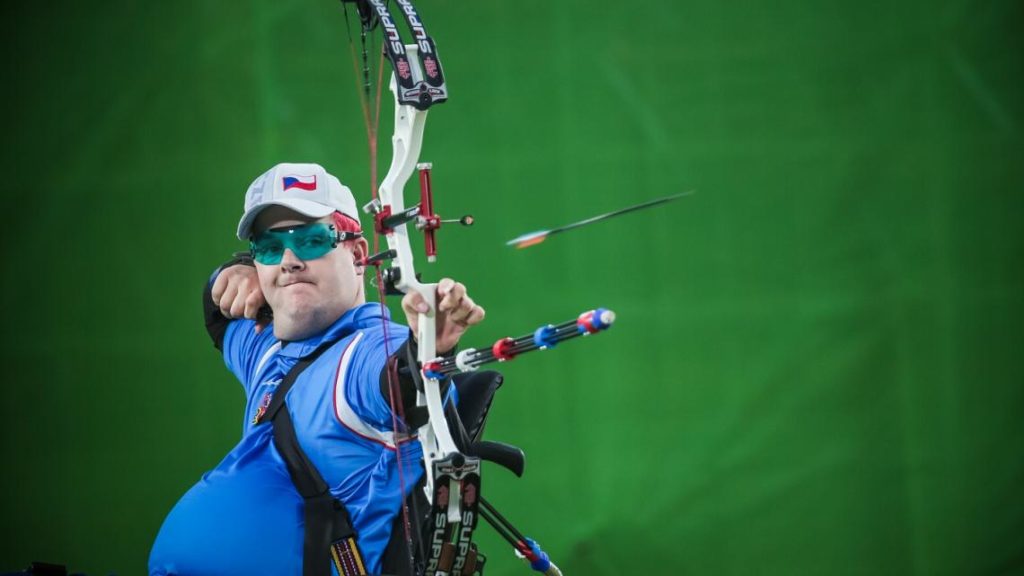
Competition format
Archers at the Paralympic Games compete in the discipline of target archery.
The competition features individual and mixed team events. A mixed team consists of two archers, one man and one woman, from the same nation.
Nations must qualify quota places to compete at the Games, and only 140 quotas are available across the six individual categories. Any nation that has at least one man and one woman qualified in the same category is eligible for the mixed team event.
Archers in the recurve open category shoot over a distance of 70 metres at targets measuring 122 centimetres in diameter, aiming to hit a 10-ring measuring just 12.2 centimetres in diameter – or about the size of an orange. Recurve matches are decided using the set system.
Archers in the compound open and W1 categories shoot over a distance of 50 metres at targets measuring 80 centimetres in diameter, aiming to hit a 10-ring measuring just eight centimetres in diameter. The outer four rings of the target are removed for the compound open competition. Compound and W1 matches are decided using cumulative scoring.
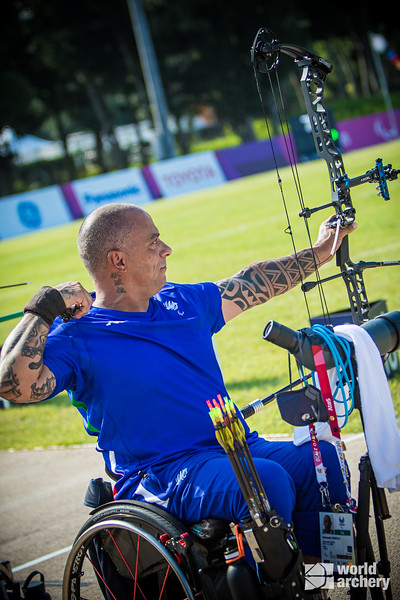
The line-up
These are the nations that will contest each of the nine gold medals. The full entry list of athletes is available in the Tokyo 2020 Paralympic Games section of the World Archery website.
Recurve men open (32 athletes from 25 countries): Australia, Bhutan, Brazil, China, Czech Republic, France, Great Britain, Germany, India, Iran, Italy, Japan, Korea, Malaysia, Mexico, Mongolia, Poland, Romania, Slovakia, Slovenia, Sri Lanka, RPC, Thailand, Turkey and the USA.
Recurve women open (24 athletes from 19 countries): Australia, Brazil, China, Colombia, Great Britain, Greece, Iraq, Iran, Italy, Japan, Korea, Latvia, Mongolia, Poland, RPC, Thailand, Turkey, Ukraine and the USA.
Recurve open mixed team (13 countries): Australia, Brazil, China, Great Britain, Iran, Italy, Japan, Mongolia, Poland, RPC, Thailand, Turkey and the USA.
Compound men open: (36 athletes from 23 countries): Australia, Belgium, Brazil, China, Costa Rica, Finland, France, Great Britain, Hong Kong China, India, Iraq, Iran, Italy, Japan, Malaysia, Mexico, RPC, Slovakia, South Africa, Thailand, Turkey, Ukraine and the USA
Compound women open (24 athletes from 18 countries): Brazil, Canada, Chile, China, France, Great Britain, India, Iran, Ireland, Italy, Japan, Korea, RPC, Singapore, Spain, Sweden, Thailand and Turkey.
Compound open mixed team (11 countries): Brazil, China, France, Great Britain, India, Iran, Italy, Japan, RPC, Thailand and Turkey.
W1 men (12 athletes from 10 countries): Brazil, China, Czech Republic, Hungary, Iran, Japan, Korea, RPC, South Africa and Turkey.
W1 women (12 athletes from 10 countries): Brazil, China, Czech Republic, Great Britain, Italy, Japan, Korea, RPC, Turkey and the USA.
W1 mixed team (7 countries): Brazil, China, Czech Republic, Japan, Korea, RPC and Turkey.
See also:
Preview: W1 events at the Tokyo 2020 Paralympic Games
Preview: Compound events at the Tokyo 2020 Paralympic Games
Preview: Recurve events at the Tokyo 2020 Paralympic Games
—
Article and pics by World Archery


